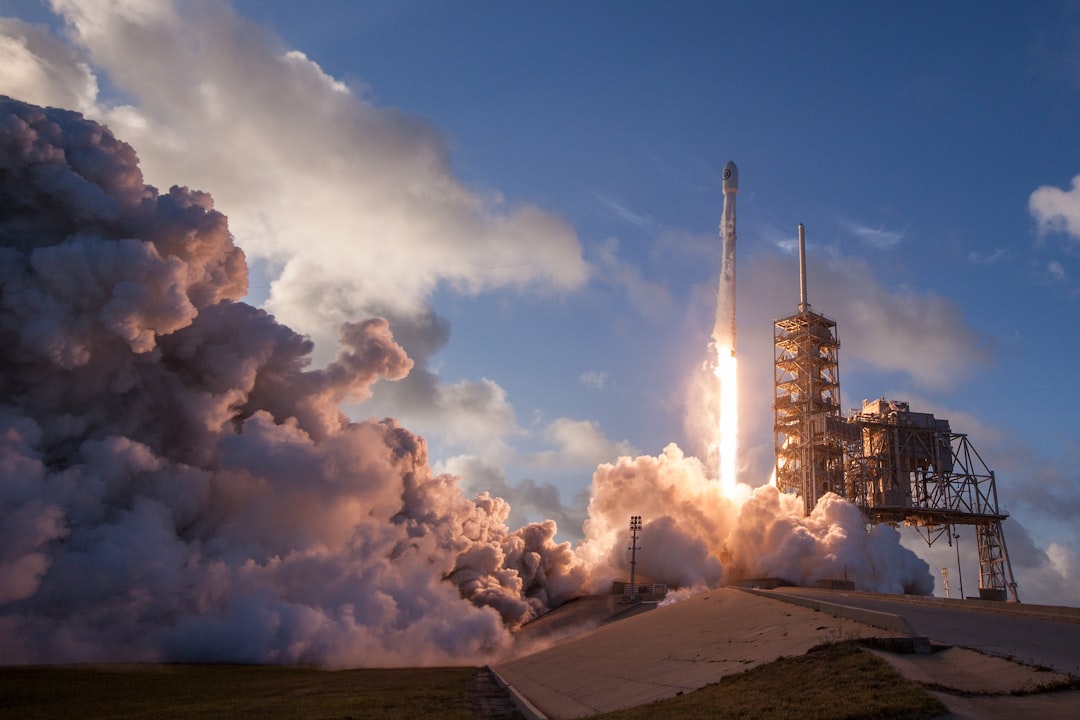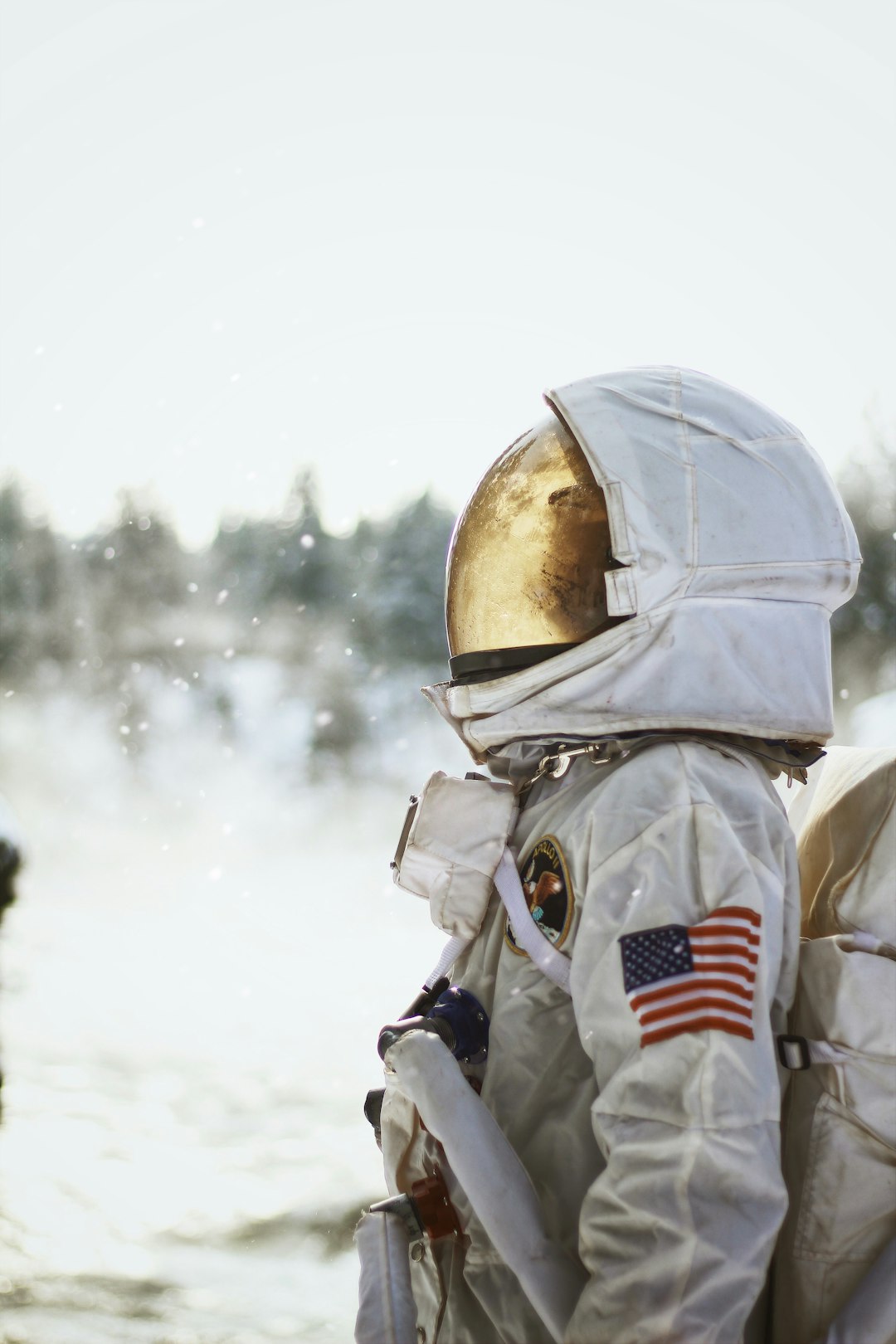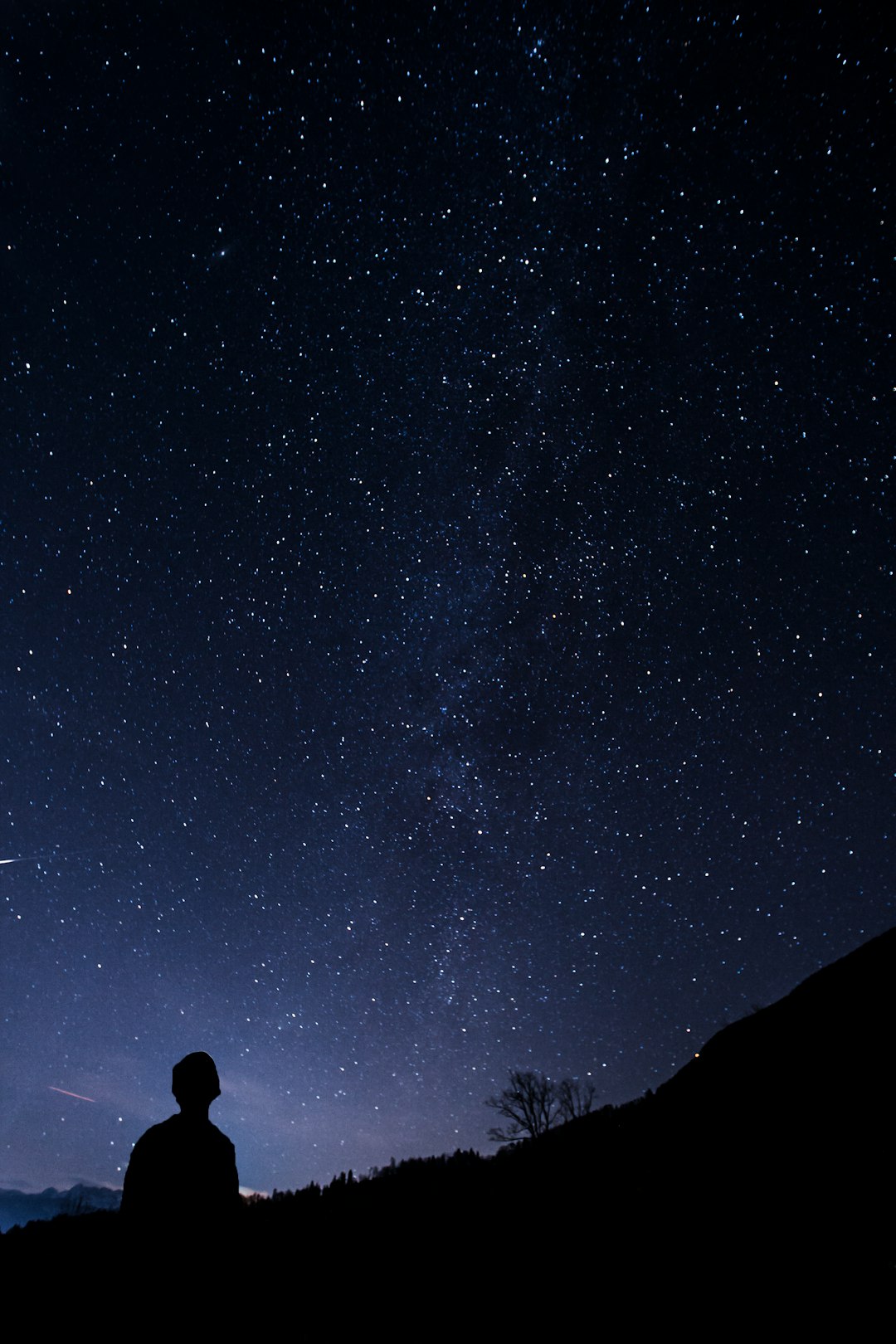If you’re looking for some great questions for your pub quiz, to do at home with your friends, or just to test yourself then look no further. We’ve compiled the Solar System Quiz with some of our favourite trivia and we’ve made it “print friendly” by adding spaces for your answers.
A fan of the solar system and space in general? Check out our range of star maps which can be personalised to any place, date and occasion. Whether you’ve got an anniversary coming up, a birthday, or there’s just a date in history you have a connection to, a star map is the perfect way to honor the moment. We’ve also got some other quizzez you might enjoy, including the Ultimate Star Quiz, Astronomy Quiz and The History of Spaceflight - Quiz.
Scroll down for the answers!
Round 1: We have Lift-Off!
1 - How many stars are there in our solar system? a) 1 b) 100 c) 1000 d) 100,000
2 - Earth is the __ planet from the Sun. a) 1st b) 2nd c) 3rd
3 - The two largest planets in our solar system are made mostly of… a) hydrogen and helium b) iron and potassium c) ammonia and methane d) oxygen and carbon
4 - Pluto is… a) a planet b) a dwarf planet c) an asteroid d) a satellite
5 - What causes the Earth’s seasons? a) its rotational tilt b) the speed of its rotation c) its orbit around the Sun d) its distance from the Sun
6 - Which spiral arm of our galaxy is the solar system located in? a) Perseus arm b) Orion arm c) Aquarius arm d) 1 Sagittarius arm
7 - How far away is the Earth from the Sun? a) 421,000,000 km (261,000,000 mi) b) 150,000,000 km (93,000,000 mi) c) 320,000 km (200,000 mi) d) 9,000 km
8 - What is the tallest mountain on a planet in the solar system? a) Olympus Mons b) Mount Everest c) Janiculum Dorsa d) Maxwell Montes
9 - Whose laws best describe the motion of planets around the sun? a) Copernicus b) Kepler c) Newton d) Einstein
10 - When did the phrase “Solar System” first appear in English? a) 1191 b) 1349 c) 1556 d) 1704
Round 2: Now Leaving Earth’s Atmosphere
11 - What is the smallest planet in the solar system?
12 - What are Saturn’s rings mostly made of?
13 - What are the names of Mars’ two moons? (Half a point for each)
14 - Name two planets which have rings. (Half a point for each)
15 - Name another two planets which have rings (different to your previous answer). (Half a point for each)
16 - True or false: the heliosphere made from solar wind.
17 - Which planet in the solar system has a longer day than its year?
18 - Which two planets in the solar system are known as Ice Giants?
19 - What type of star is the Sun? (Hint: the first word begins with “Y” and the second word begins with “D”)
20 - What is the name of the cloud which marks the outer edges of our solar system?
Round 3: Looking for Sign of Life
21 - How many planets are there in our solar system? a) 8 b) 9 c) 10 d) 11
22 - Are the orbits of the planets on the same place? a) Yes, more or less b) No, they’re all over the place
23 - In our solar system, the planets known as the giant planets are also known as the outer planets? a) True b) False
24 - Which statement describes the atmosphere of the planet correctly? a) Venus is mostly carbon dioxide b) Mercury is mostly nitrogen c) Earth is mostly oxygen d) Saturn is mostly helium
25 - To weigh roughly two-thirds less than what you do on Earth, which planet would you be on? a) Uranus b) Mars c) Venus d) Jupiter
26 - How long does it take for light from the Sun to reach Earth a) 1 minute b) 8 minutes c) Instantaneous d) 24 hours
27 - It takes the Sun 225-250 million years to do one revolution of the Milky Way Galaxy. How fast does the Sun travel? a) 220km in a second b) 220km in an minute c) 220 km in a hour d) 220km in a year8. How old is the solar system
28 - How old is the solar system? a) 5000 years b) 5 million years c) 5 billion years d) 500 billion years
29 - In 2007, Voyager 2 crossed the heliosheath boundary and into the vast region at the edge of our solar system where the solar wind runs up against the thin gas between the stars. What did this crossing confirm about the shape of our solar system? a) It’s squashed b) It’s round c) It’s like a donut d) It’s a horseshoe shape.
30 - True of False. The immediate galactic area around our solar system is a cloud known as the Local Fluff which is within an otherwise sparse region called the Local Bubble. a) True b) False
**Round 4: Mapping the Area **
On the other side of this page, draw a picture of the solar system showing the order of the planets from the sun. Also show which two planets the asteroid belt is between. Write the name next to each planet/sun/asteroid belt. (1 point for each)
Final Round: Heading Home
41 - Name the first man made object to leave the Solar System and cross into interstellar space?
42 - Which planet is sometimes referred to as the Earth’s sister planet due the their similar sizes?
43 - What is the largest moon of Jupiter?
44 - Which planet has two tiny natural satellites named Deimos and Phobos?
45 - Which planet was discovered in 1781 by Sir William Herschel?
46 - Name the largest object in the asteroid belt?
47 - As of 2016, how many people have walked on the moon?
48 - The ring of icy bodies beyond Neptune is known as: a)the Kelvin Belt, b) the Calvin belt c) the Kirchkoff Belt, or d) the Kuiper Belt?
49 - Name the largest dwarf planet - it's also the ninth largest body orbiting the Sun?
50 - The Great Red Spot is a storm on which planet in the Solar System?
Sudden Death: Houston we have a Problem! (If the top two teams are on the same score then whoever gets closest to the following answer wins)
The gas giant Jupiter has a mass approximately how many times bigger than Earth’s?
Solar System Quiz - Answers
Round 1: General Knowledge
1 - 1: The Sun (a)
2 - 3rd (c)
3 - Jupiter and Saturn are made of mostly hydrogen and helium (a)
4 - A dwarf planet (b)
5 - Its rotational tilt (a)
6 - Orion arm (b)
7 - 150,000,000 km (93,000,000 mi) (b)
8 - Olumpus Mons (a)
9 - Kepler (b)
10 - 1704 (d)
Round 2: Now Leaving Earth's Atmosphere
11 - Mercury
12 - Ice
13 - Atlas and Deimos
14 - Jupiter/Saturn/Uranus/Neptune
15 - Jupiter/Saturn/Uranus/Neptune
16 - True
17 - Venus
18 - Uranus and Neptune
19 - Yellow Dwarf Star
20 - Oort Cloud
Round 3: Looking for Signs of Life
21 - 8 (a)
22 - Yes, more or less. The planets orbit in or close to a plane around the Sun called the ecliptic.
(a)
23 - True. The giant planets (aka gas giants) are Jupiter, Saturn, Uranus and Neptune. (a)
24 - Venus is 96% carbon dioxide (a)
25 - Mars (b)
26 - 8 minutes (b)
27 - 220km per second (a)
28 - 5 billion years (c)
29 - It’s squashed (a)
30 - True (a)
Round 4: Mapping the Area
Sun --> Mercury --> Venus --> Earth --> Mars
Asteroid Belt --> Jupiter --> Saturn --> Uranus
Neptune
Final Round: Heading Home
31 - Voyager 1
32 - Venus
33 - Ganymede
34 - Mars
35 - Uranus
36 - Ceres
37 - 12
38 - The Kuiper Belt
39 - Eris
40 - Jupiter
Sudden Death: Houston, we have a Problem! (If the top two teams are on the same score then whoever gets closest to the following answer wins)
Jupiter has a mass approximately 318 times greater than Earth.





